31 Vintage Cars That Stalled In Value
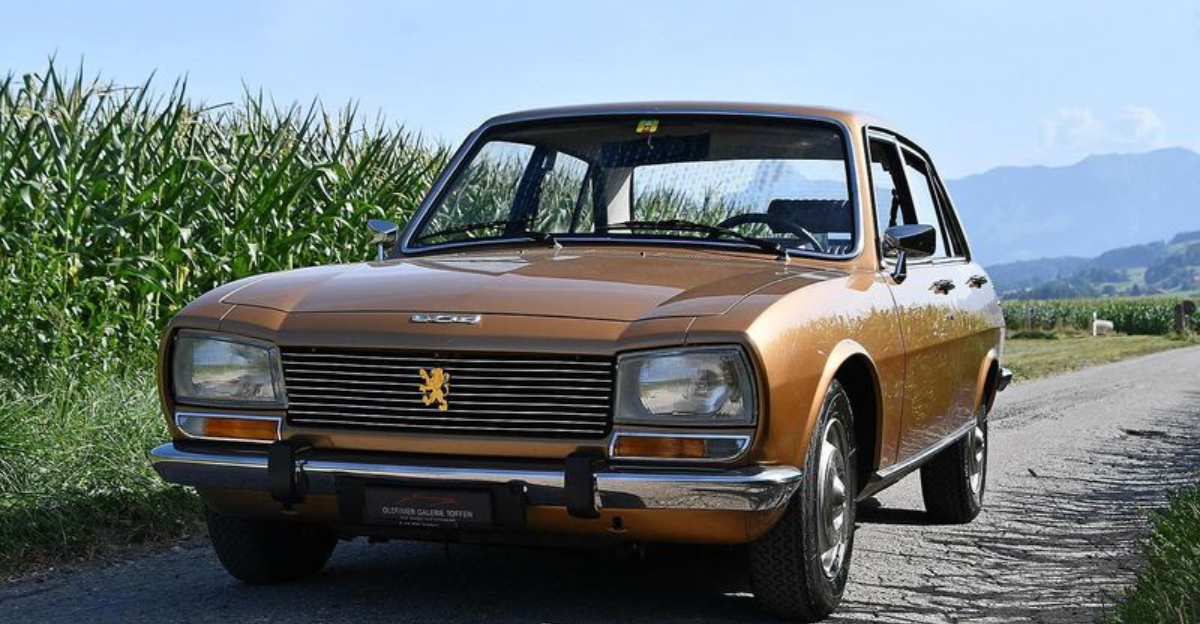
Remember when your uncle bragged about his ‘future classic’ car that would someday be worth a fortune? Well, not all vintage vehicles become valuable treasures.
Some cars that seemed destined for collector status ended up being worth less than their original sticker price, even decades later.
Let’s take a cruise through automotive history’s lane of financial disappointments.
1. Ford Thunderbird (1980s)
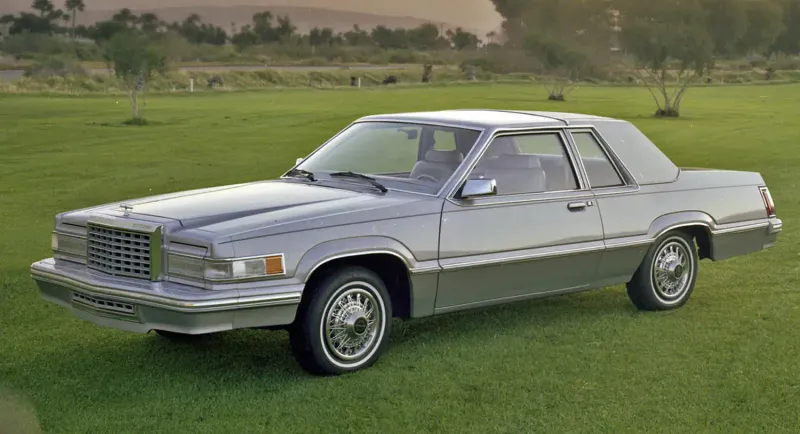
Once a sleek American icon, the 1980s Thunderbird morphed into a bloated shadow of its former self. Square-bodied and underpowered, these T-birds lost their thunder quickly.
Performance was mediocre at best, with many models struggling to hit highway speeds with any enthusiasm.
Interior quality issues plagued these cars, with cracking dashboards and failing electronics becoming their legacy rather than collectibility.
2. Chevrolet Corvair
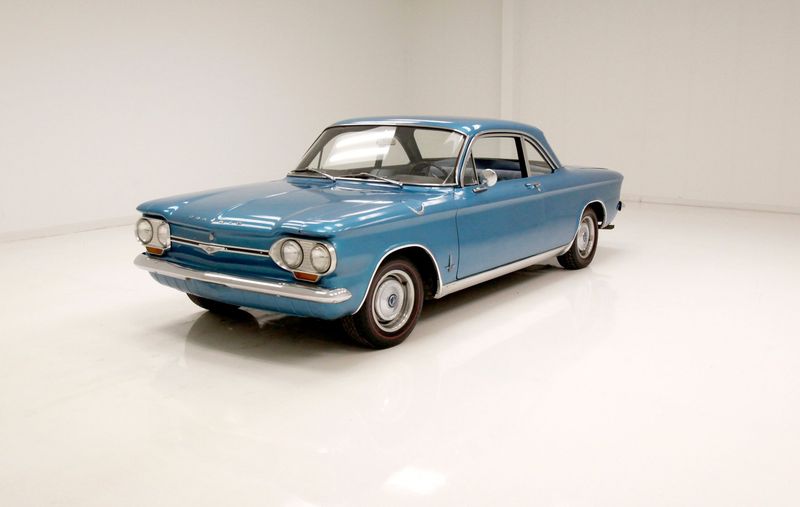
Ralph Nader’s famous book “Unsafe at Any Speed” put this rear-engined oddball in America’s rearview mirror for good. Despite its innovative design, the Corvair couldn’t shake its dangerous reputation.
Early models had swing-axle suspension that could cause treacherous handling during emergency maneuvers.
Though later versions fixed these issues, the damage was done. Today, even pristine examples fetch modest prices compared to other American classics from the same era.
3. AMC Pacer
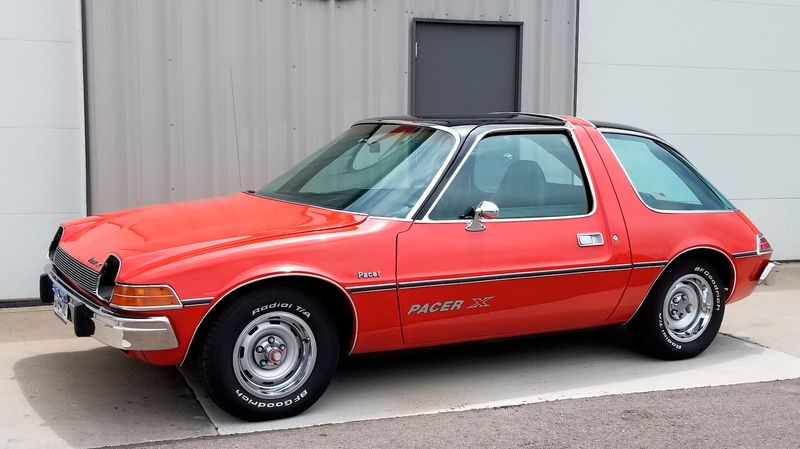
Nicknamed the “rolling fishbowl,” this wide-bodied oddity with massive glass area was supposed to be the future of automobiles. Spoiler alert: it wasn’t.
Fuel economy was abysmal thanks to heavy windows and underdeveloped engines. The Pacer’s quirky looks earned it roles in movies like Wayne’s World, but not a place in serious collectors’ garages.
Despite recent nostalgia, these bubble-shaped curiosities still trade for bargain prices.
4. Pontiac Fiero
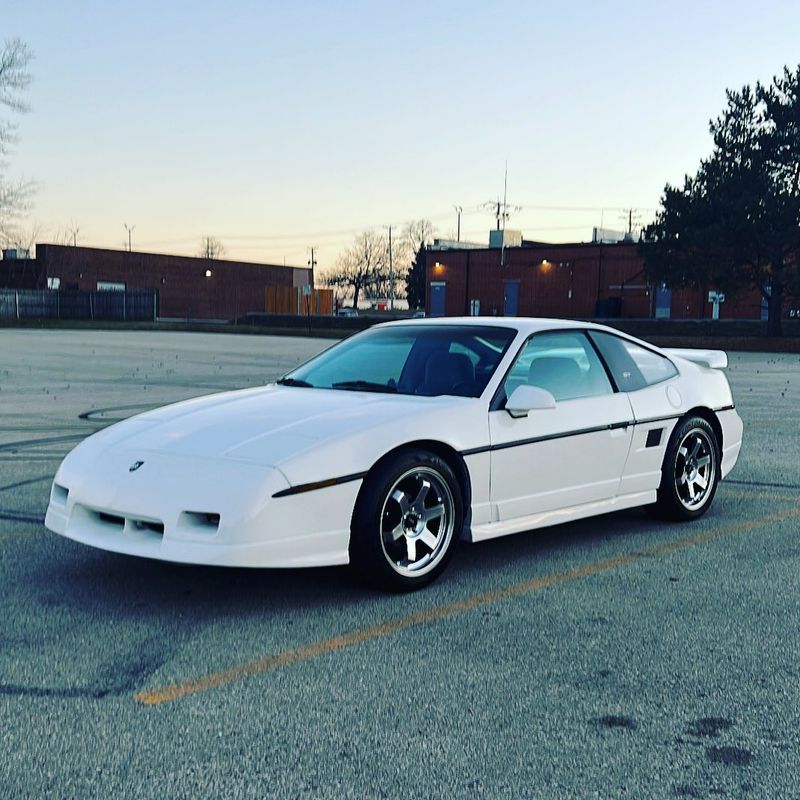
Mid-engine sports car dreams crashed and burned—sometimes literally—with Pontiac’s plastic-bodied experiment.
General Motors’ bean counters transformed what should have been amazing into merely mediocre.
Using economy car parts and anemic four-cylinder engines, early Fieros disappointed enthusiasts expecting Ferrari-like thrills.
By the time GM finally got it right with the 1988 model, production was canceled. The Fiero’s reputation for catching fire didn’t help its long-term value proposition.
5. Dodge Aspen
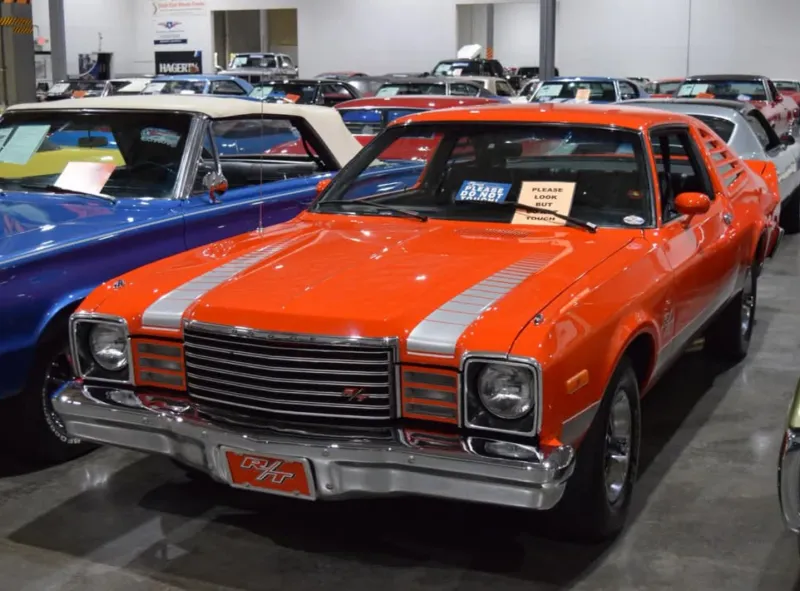
Winning Motor Trend’s Car of the Year in 1976 didn’t save the Aspen from becoming automotive history’s footnote.
Rushed into production to replace the beloved Dart, this intermediate-sized disappointment quickly developed a reputation for rusting before owners made their first payment.
Mechanical problems plagued early models, requiring multiple recalls. The R/T performance version looked sporty but delivered lackluster acceleration.
Today, finding an Aspen that hasn’t dissolved into iron oxide is the automotive equivalent of spotting Bigfoot.
6. Mercury Cougar (Late Models)
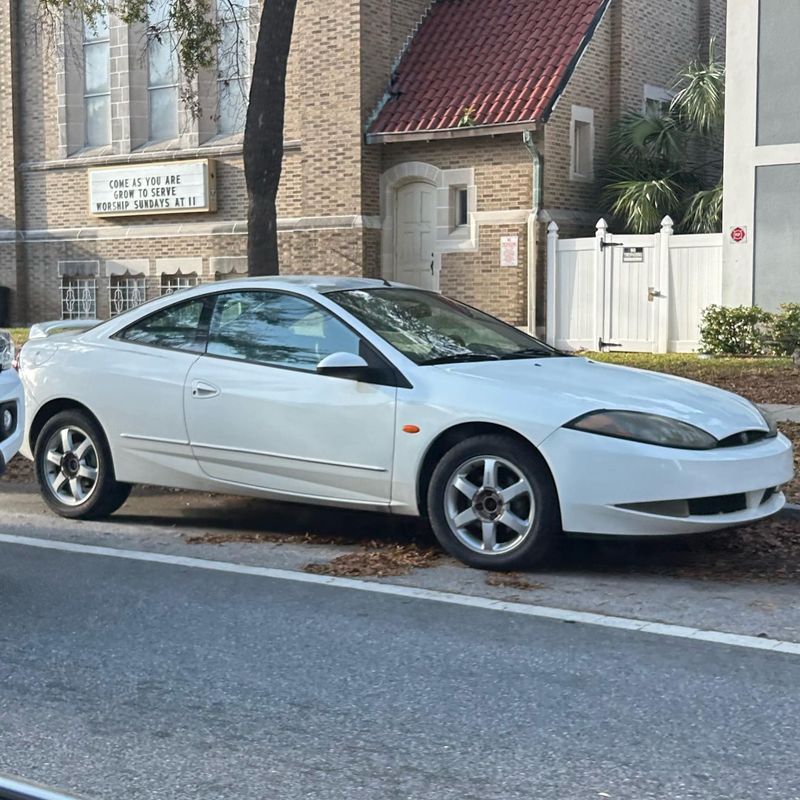
Growling muscle car turned purring kitten, the once-proud Cougar devolved into a forgettable Ford clone by its final generations.
After starting life as Mercury’s answer to the Mustang, it gradually lost its performance edge and distinctive styling.
By the 1990s, the Cougar became just another bland, front-wheel-drive coupe.
The final 1999-2002 generation attempted a European-inspired comeback but failed to capture enthusiasts’ hearts. These late Cougars now roam used car lots at bargain basement prices.
7. Chrysler LeBaron

“Look at me, I’ve got a LeBaron!” hasn’t been uttered with pride since the 1980s. These K-car derivatives with fake wood paneling and vinyl roofs promised luxury but delivered disappointment.
Converting to convertibles often resulted in squeaky, leaky tops and compromised structural integrity.
The turbo models were quick but notoriously unreliable. Despite celebrity endorsements from Ricardo Montalban extolling “rich Corinthian leather,” these pseudo-luxury cars now fetch pennies on the dollar.
8. Buick Reatta

Hand-built luxury in a two-seat package sounds like a recipe for collectibility, but Buick’s experiment flopped spectacularly.
Assembled in a special “craft center,” the Reatta was Buick’s attempt at a personal luxury coupe.
The touchscreen interface was ahead of its time but plagued with reliability issues. Performance was underwhelming despite its sleek looks.
Priced near $30,000 in 1990 (equivalent to about $65,000 today), these technological curiosities now trade hands for less than a decent used Corolla.
9. Oldsmobile Toronado (Later Years)
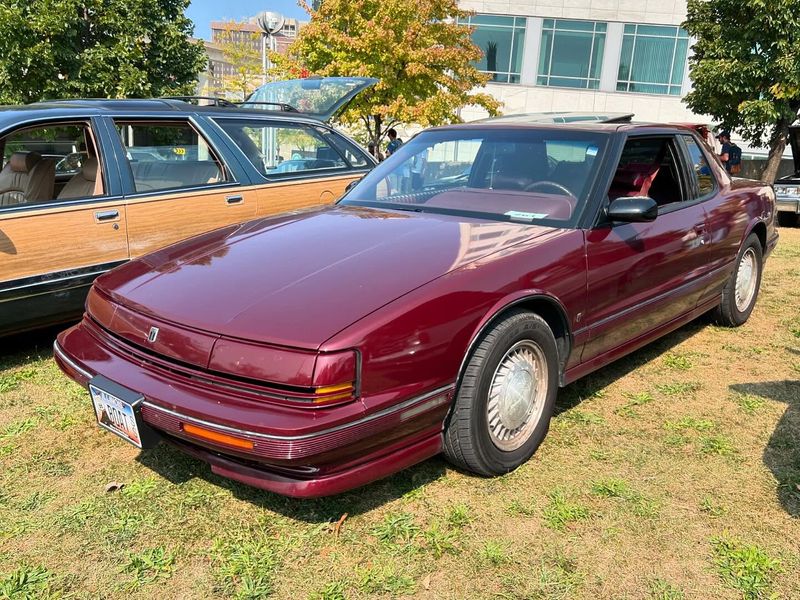
Revolutionary in 1966 as America’s first modern front-wheel-drive car, the mighty Toronado fizzled into obscurity by its final generation.
The original’s bold styling and innovative engineering gave way to forgettable, generic luxury. Downsized repeatedly through the 1980s, it lost both its visual impact and performance credentials.
The final models shared platforms with other GM products, diluting what made the Toronado special. Now these front-drivers pull to the back of the pack in collector interest.
10. Cadillac Cimarron
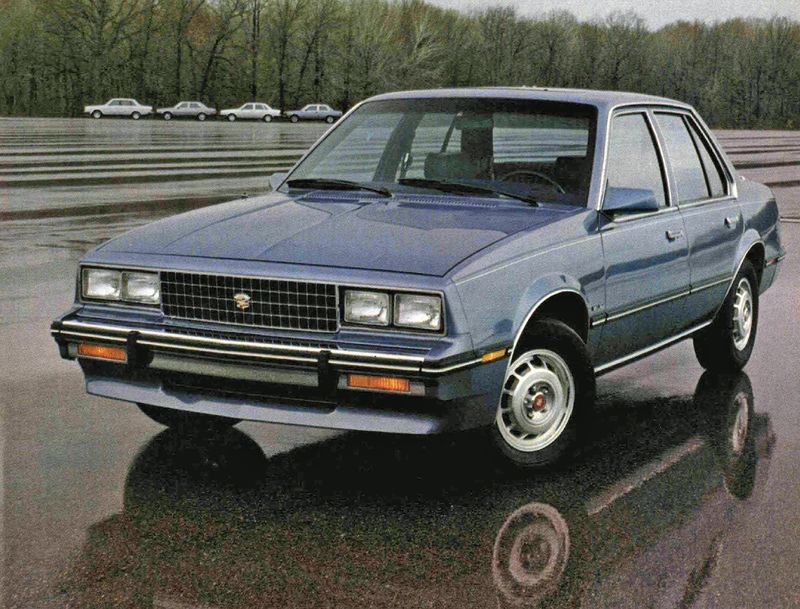
Slapping a Cadillac badge on a Chevrolet Cavalier fooled absolutely nobody. GM’s cynical attempt to create an entry-level luxury car resulted in perhaps the most embarrassing Cadillac ever made.
Barely disguised economy car roots were obvious from every angle. Initial models featured a wheezy 88-horsepower four-cylinder engine—hardly Cadillac material.
Even today, automotive historians cite the Cimarron as a textbook example of brand dilution and corporate corner-cutting.
11. Plymouth Volaré
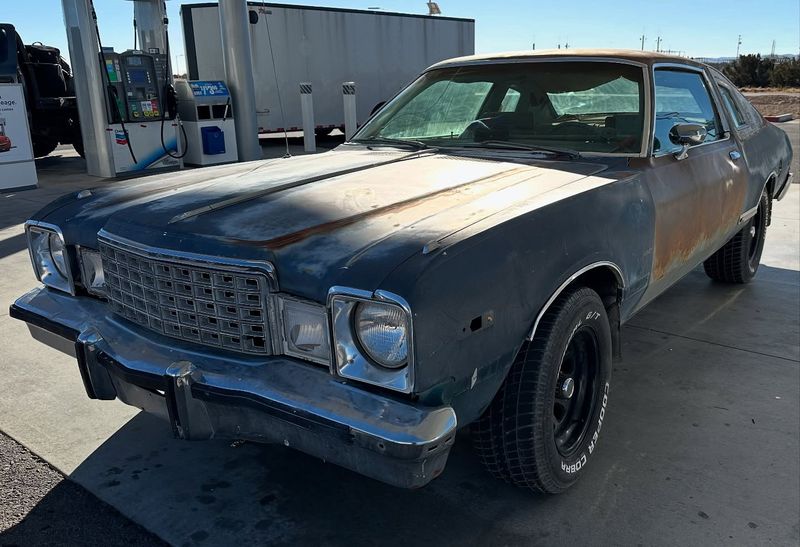
Ricardo Montalban’s smooth voice couldn’t save this malaise-era mediocrity from its destiny as a depreciation champion.
Twin to the Dodge Aspen, the Volaré suffered identical quality problems while adding its own special blend of disappointment.
Notorious for starting rust colonies before leaving the showroom floor, many didn’t survive their first winter in northern states.
The Road Runner performance package was an insult to the original muscle car’s legacy. Today, collectors pass over these problematic Plymouths for good reason.
12. Chevrolet Monza
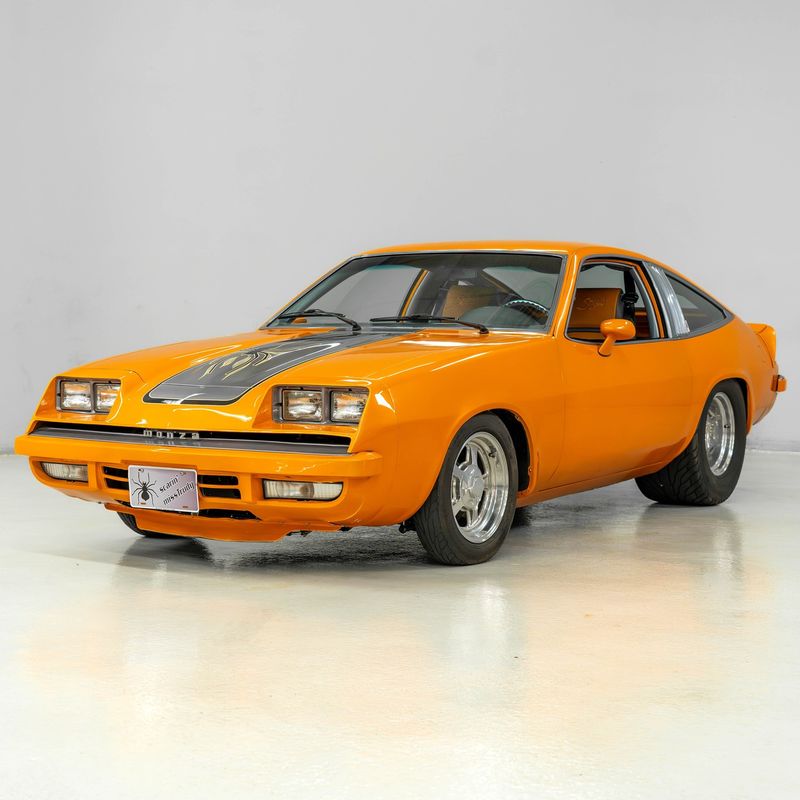
Based on the ill-fated Vega platform, this compact sporty car promised excitement but delivered headaches.
Attempting to compete with European sports coupes, the Monza looked better than it performed. Engine options ranged from anemic four-cylinders to V8s that barely fit under the hood.
Mechanics despised working on them—changing spark plugs often required lifting the engine or removing a front wheel. These maintenance nightmares are now mostly extinct, with few mourning their passing.
13. Ford Granada
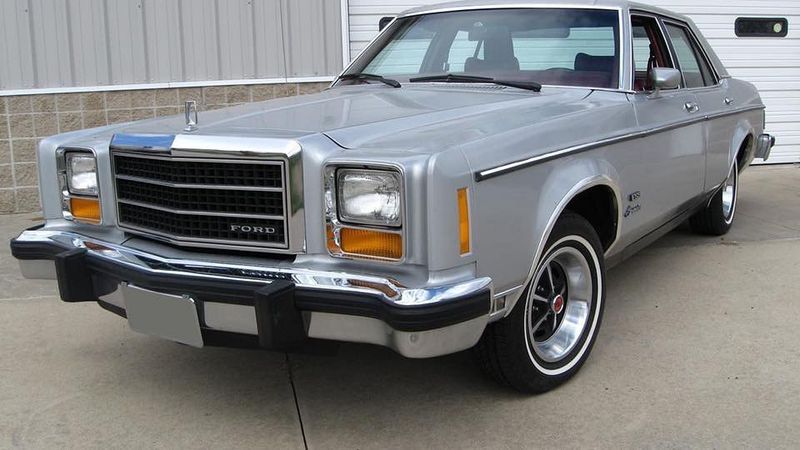
“Comparable to a Mercedes-Benz” claimed Ford’s infamous ad campaign, causing German engineers to spill their schnapps laughing.
This malaise-era sedan attempted European flair but delivered pure American mediocrity.
Heavy, slow, and thirsty, the Granada epitomized Detroit’s struggles during the fuel crisis. Interior materials felt cheaper than the car’s modest price suggested.
Despite selling in respectable numbers, these pseudo-luxury sedans disappeared from roads faster than free donuts at a police convention.
14. Lincoln Versailles
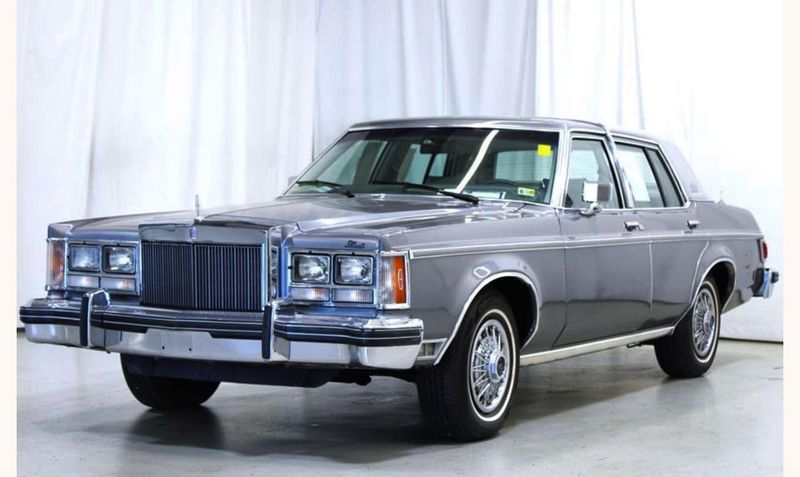
Lincoln’s answer to the Cadillac Seville was perhaps history’s most expensive Ford Granada. Barely disguised beneath slightly fancier trim and headlights, this luxury impostor fooled no one.
Costing nearly twice as much as the Granada it was based on, the Versailles offered little additional value.
Its only innovation was being the first American car with halogen headlamps and clear-coat paint. Collectors today generally ignore these badge-engineered curiosities in favor of “real” Lincolns.
15. Dodge Omni
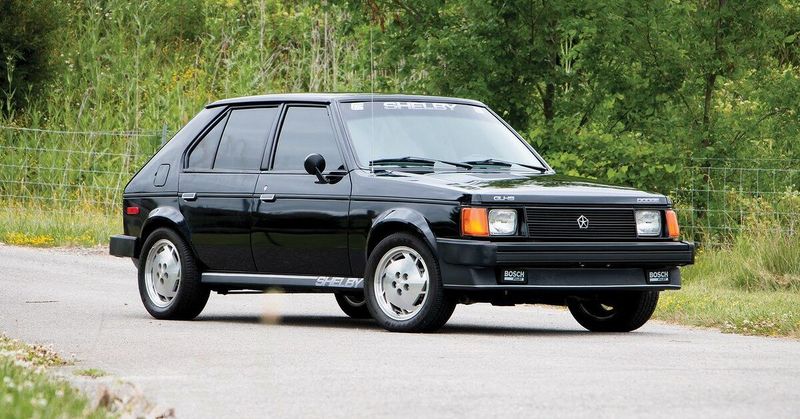
America’s answer to the Volkswagen Rabbit saved Chrysler from bankruptcy but never saved itself from depreciation.
This basic transportation appliance was revolutionary for Detroit but unremarkable by global standards. Build quality was inconsistent at best, with early models notorious for stalling and electrical gremlins.
The GLH performance variant (Goes Like Hell) injected some excitement, but standard Omnis were purely practical.
Despite their historical importance, these economy boxes command economy prices on the rare occasions they appear for sale.
16. Renault Fuego
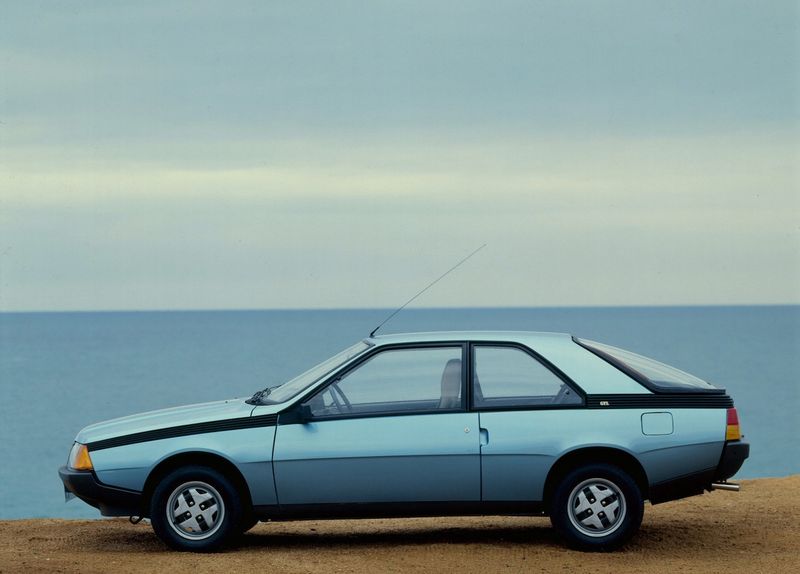
“Fuego” means fire in Spanish, but this French sports coupe generated more smoke than flames.
Attempting to combine European handling with distinctive styling, the Fuego briefly captured American attention before quickly fading.
Electrical problems plagued these coupes, with many owners joking that Lucas, “Prince of Darkness,” must have designed the wiring.
Rust protection was apparently an optional extra the factory forgot to install. Finding a surviving example today is nearly impossible, though few enthusiasts are actively searching.
17. Toyota Cressida
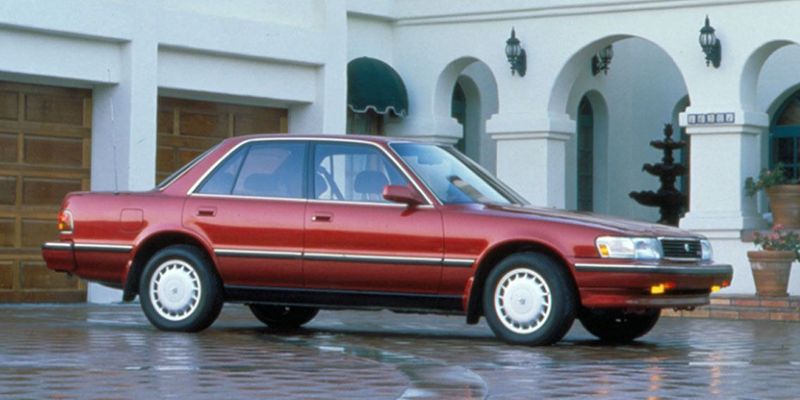
Before Lexus existed, Toyota’s luxury flagship in America was this understated sedan that’s now largely forgotten.
Built with impeccable quality and engineering, the Cressida was Japan’s stealth luxury attack on Mercedes-Benz.
Despite its many virtues, the Cressida suffered from boring styling and a forgettable personality. The straight-six engines would run forever, but few owners kept them long enough to find out.
While pristine examples occasionally attract JDM enthusiasts, most Cressidas quietly disappeared without affecting the collector market.
18. Nissan Stanza
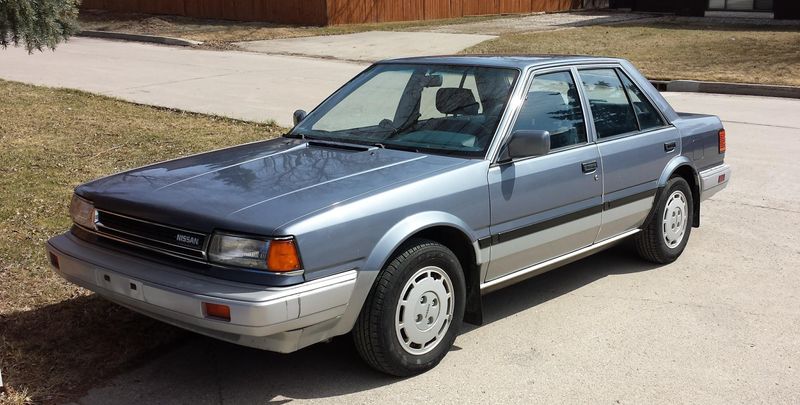
Sandwiched between the sporty Sentra and upscale Maxima, this middle-child sedan struggled to find its identity.
Neither exciting nor luxurious, the Stanza was the automotive equivalent of beige wallpaper. Reliability was decent but uninspiring compared to other Japanese competitors.
The oddball wagon version with its asymmetrical windows at least had character, but regular sedans blended into parking lots like chameleons.
These anonymous transportation pods now trade for scrap value when they surface at all.
19. Mazda 626
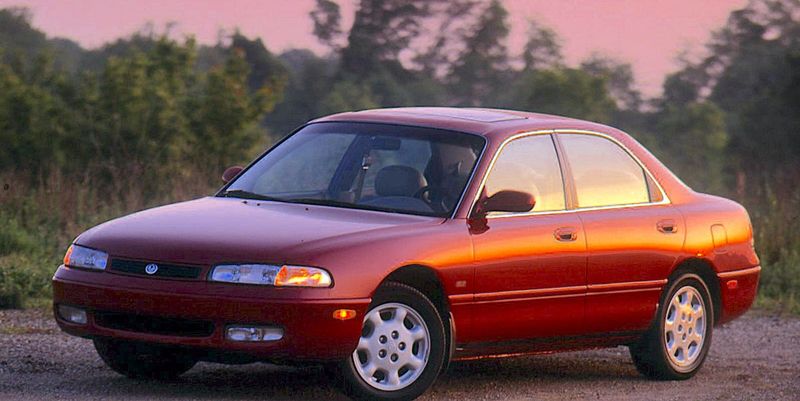
Zoom-Zoom was definitely not in Mazda’s vocabulary when they created this sensible but soulless sedan.
While mechanically sound, the 626 never captured enthusiasts’ hearts like the RX-7 or Miata from the same manufacturer.
Middle-management types appreciated its reasonable price and features. Everyone else promptly forgot it existed after leaving the dealership.
The rare coupe versions had slightly more personality, but most 626s lived lives of quiet desperation before being traded in for something more memorable.
20. Subaru GL
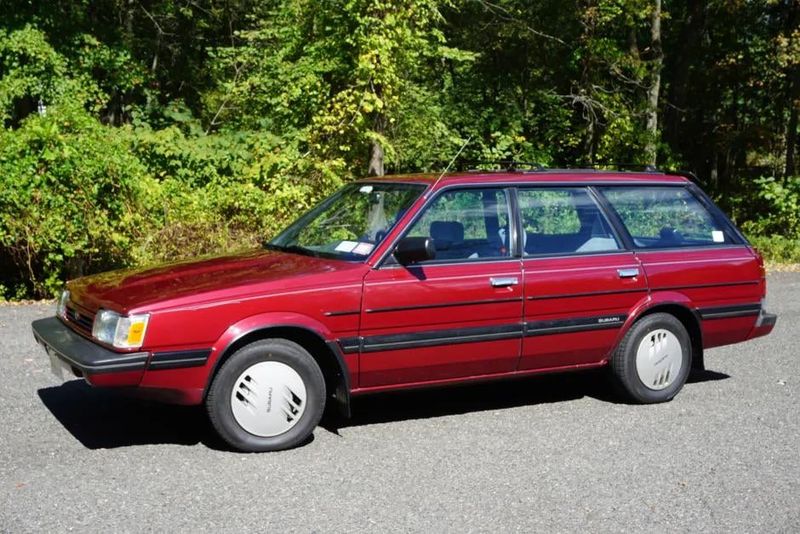
Long before Subaru became the darling of outdoorsy types, they produced these quirky, boxy wagons and sedans.
Featuring the brand’s signature horizontally-opposed engines and available four-wheel drive, they were mechanically interesting but visually challenged.
Rust was these cars’ mortal enemy, with many dissolving after a few winters. The peculiar “BRAT” pickup variant has gained a cult following, but standard GLs remain affordable curiosities.
Despite their practical capabilities, these early Subarus never developed the collector appeal of their rally-bred descendants.
21. Volkswagen Quantum
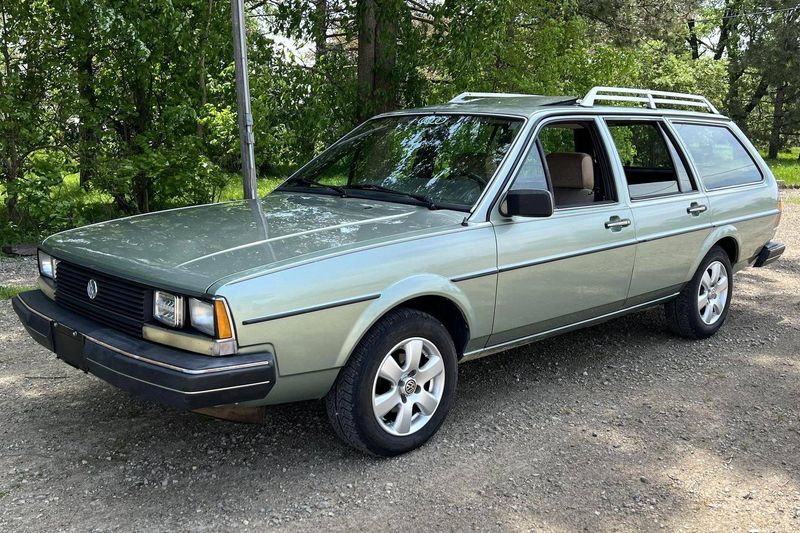
Cruising into American driveways in the mid-1980s, this spacious German wagon promised European sophistication with practical sensibilities. Unfortunately, the Quantum equation never quite balanced out.
Plagued by electrical gremlins and a thirst for expensive repairs, these boxy haulers quickly gained a reputation as maintenance nightmares.
Parts became scarce almost immediately after production ended.
What once sold for the equivalent of $30,000 in today’s money might fetch a mere $3,000 now—if you’re lucky enough to find a buyer!
22. Peugeot 504
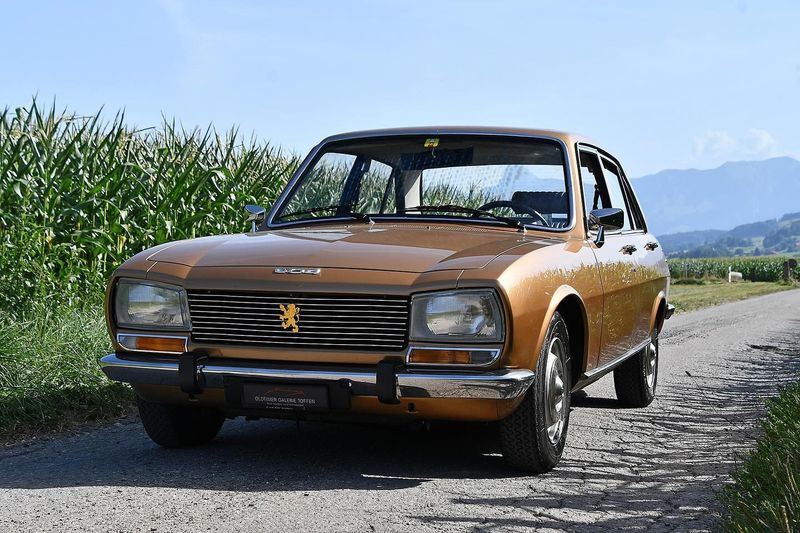
Sacré bleu! Once heralded as the “African taxi” for its legendary durability in harsh conditions, the Peugeot 504 somehow missed its collector car moment in North America.
These stylish French sedans and wagons won European Car of the Year in 1969 and sold over 3 million units worldwide.
Rust proved to be the 504’s greatest enemy, eating away at both bodies and resale values. Mechanics unfamiliar with French engineering added another layer of ownership challenge.
Despite their handsome Pininfarina styling and comfortable ride, most 504s quietly disappeared from American roads.
23. Saab 900 (Non-Turbo)
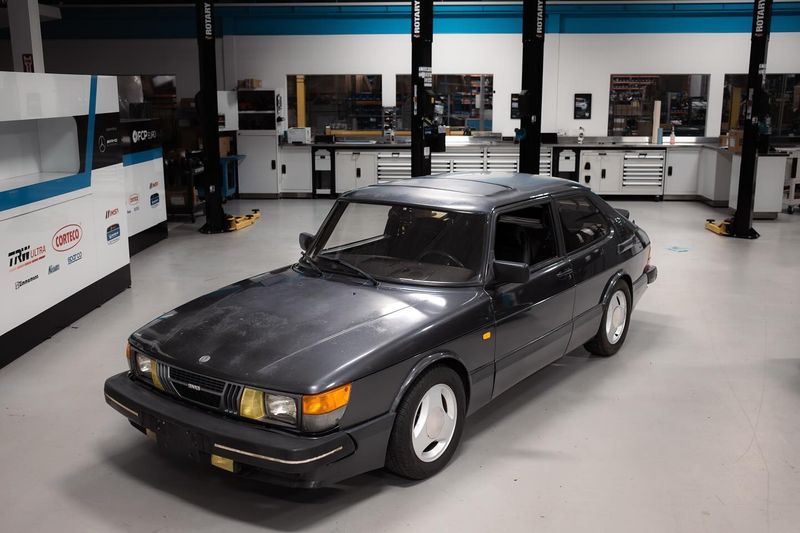
Quirky doesn’t always translate to collectible! While turbo versions of Saab’s iconic 900 have developed cult followings, their naturally-aspirated siblings languish in value purgatory.
Born from jets? More like born to depreciate. The non-turbo models offered the same distinctive styling and aircraft-inspired interiors but lacked the performance punch that makes collectors’ hearts race.
With a meager 110-125 horsepower, these front-wheel-drive oddities delivered more character than acceleration.
Safety innovations and tank-like construction weren’t enough to save their market value.
24. Isuzu I-Mark
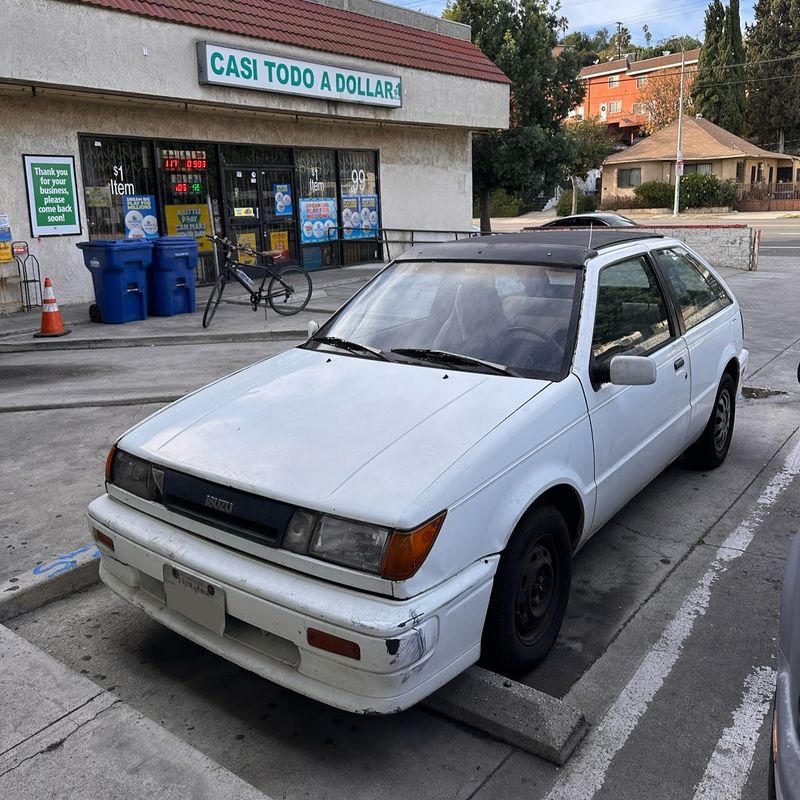
Before Isuzu retreated to trucks only, they produced this forgettable economy sedan that’s now virtually extinct on American roads.
Launched when Japanese imports were flooding the market, the I-Mark missed making any memorable mark whatsoever.
Despite decent reliability and fuel economy, these compact cars lacked the personality of Hondas or the bulletproof reputation of Toyotas.
The diesel variants actually developed a tiny cult following for their 50+ mpg efficiency, but regular models vanished into automotive obscurity.
Good luck finding one today! Most rusted away or were crushed decades ago, making them rare but still nearly worthless.
25. Mitsubishi Tredia
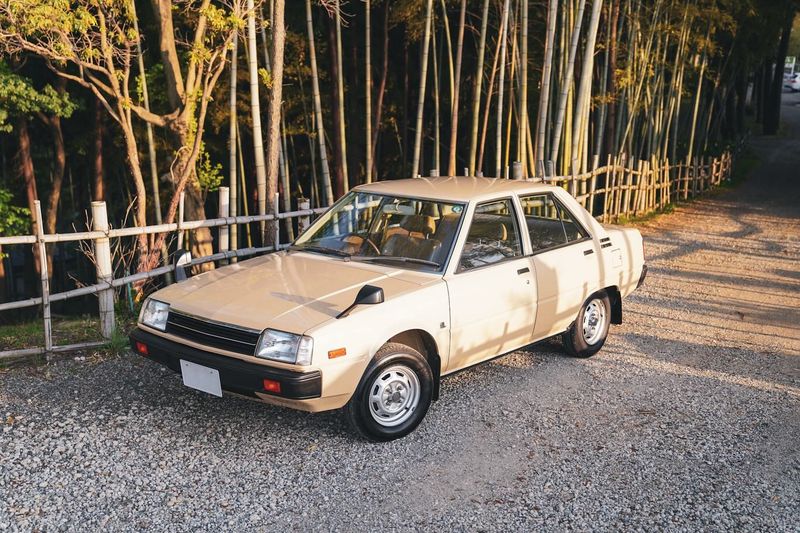
Flash back to 1983 when Mitsubishi decided America needed another turbocharged compact with digital dashboards and pop-up headlights.
The Tredia arrived with futuristic styling and available turbo power that promised sports-car thrills on a budget.
Reality proved less exciting. Electrical problems, turbo failures, and an identity crisis (was it sporty or luxurious?) doomed this oddball to obscurity.
Most Americans couldn’t even pronounce the name correctly.
Finding a survivor today is like spotting a unicorn—a very affordable unicorn. Despite their rarity, Tredias barely register on collectors’ radars.
26. Hyundai Stellar

Long before Hyundai became a global powerhouse, they produced this awkward attempt at a luxury sedan.
Designed with help from Italian styling house Giorgetto Giugiaro, the Stellar looked promising on paper—a rear-wheel-drive platform with European flair and Korean pricing.
Unfortunately, early Korean engineering wasn’t ready for prime time. Carburetor issues, rust problems, and general quality control nightmares sent most Stellars to junkyards before their 10th birthdays.
The car’s name proved tragically ironic. Only the most dedicated Korean car enthusiasts even remember the Stellar existed. Values today? Almost nothing.
27. Yugo GV
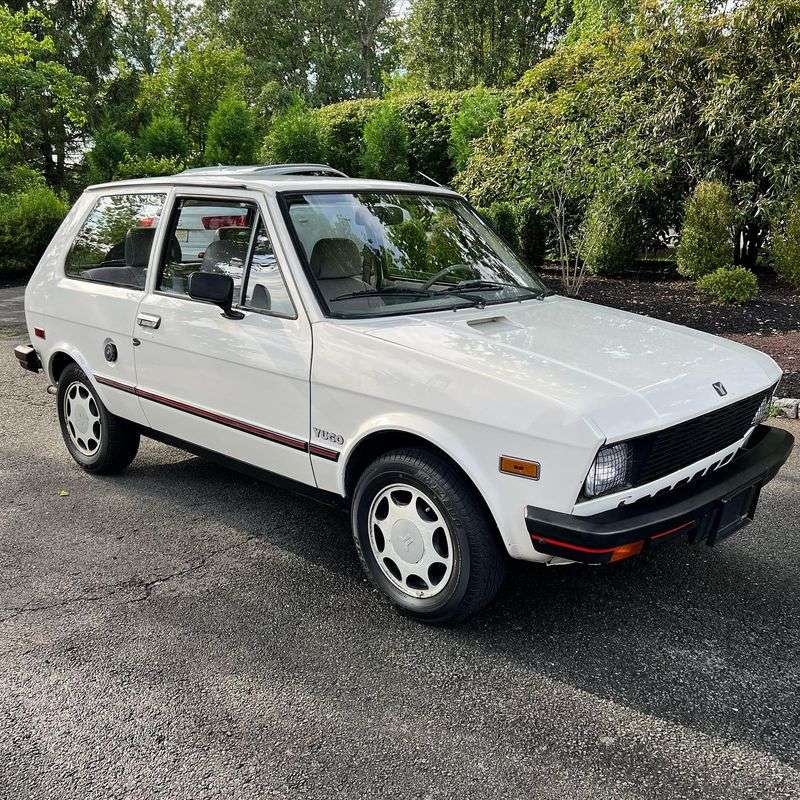
Marketed as the cheapest new car in America during the 1980s, this Yugoslavian import quickly became the punchline to countless automotive jokes.
For $3,990, buyers got a car that felt like it was constructed from recycled tin cans and optimism.
The tiny hatchback suffered from catastrophic reliability issues, with engines that seemed allergic to starting in damp weather.
One notorious Consumer Reports review suggested the Yugo’s heater worked best when the car was on fire.
Despite its age and rarity (most rusted away or were crushed), Yugos remain virtually worthless. Even pristine examples struggle to fetch $5,000 today – barely outpacing inflation from their original sticker price.
28. Lancia Beta
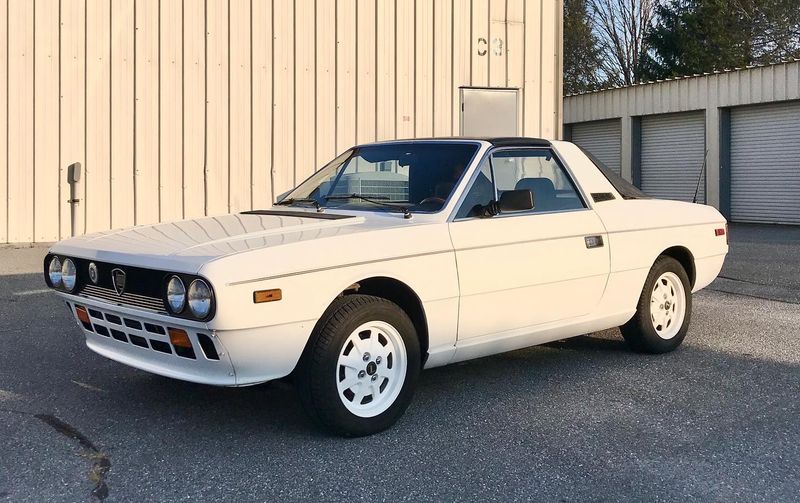
Bellissima from afar, disastrous up close! The stylish Italian sedan promised European sophistication when it debuted in the 1970s.
Beneath that sleek bodywork lurked a dark, oxidizing secret – structural rust that could literally split these cars in half.
British owners were shocked when Lancia actually bought back numerous Betas to remove them from roads before they disintegrated while driving.
Nothing tanks resale value quite like a manufacturer admitting their product might spontaneously collapse.
Finding a survivor today is rare, but enthusiasts aren’t exactly lining up with checkbooks. Most Betas traded hands for under $8,000 – a fraction of what comparable Italian classics command.
29. Fiat Strada
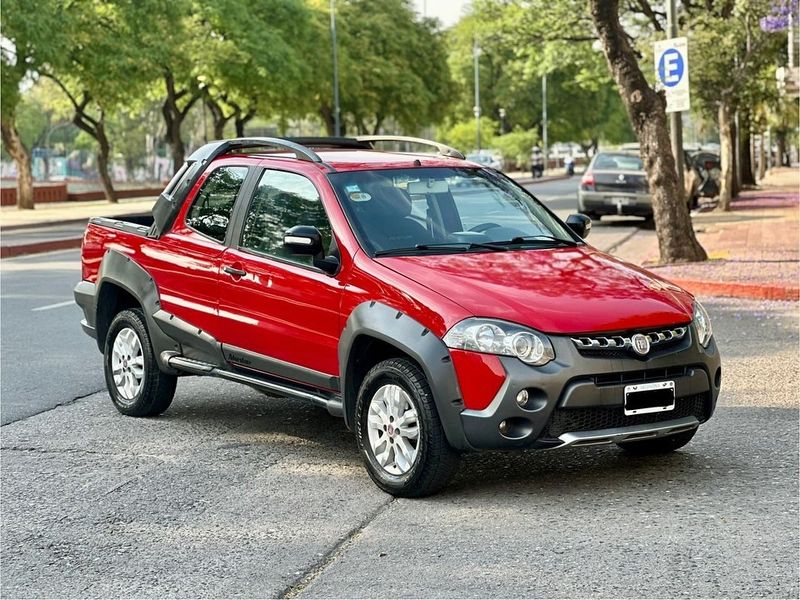
Rarely has a car vanished so completely from public consciousness! Known as the Ritmo in Europe, this quirky hatchback arrived on American shores with high hopes and departed with its tail between its legs.
The Strada’s bizarre “Handbuilt by Robots” advertising campaign couldn’t distract from its fundamental flaws.
Electrical gremlins haunted these Italian oddities. Owners reported windshield wipers that activated during radio volume changes and headlights with narcoleptic tendencies.
Today, spotting a Strada in the wild is like finding a unicorn – a really unreliable unicorn worth about $3,000 on a good day.
30. Datsun F10
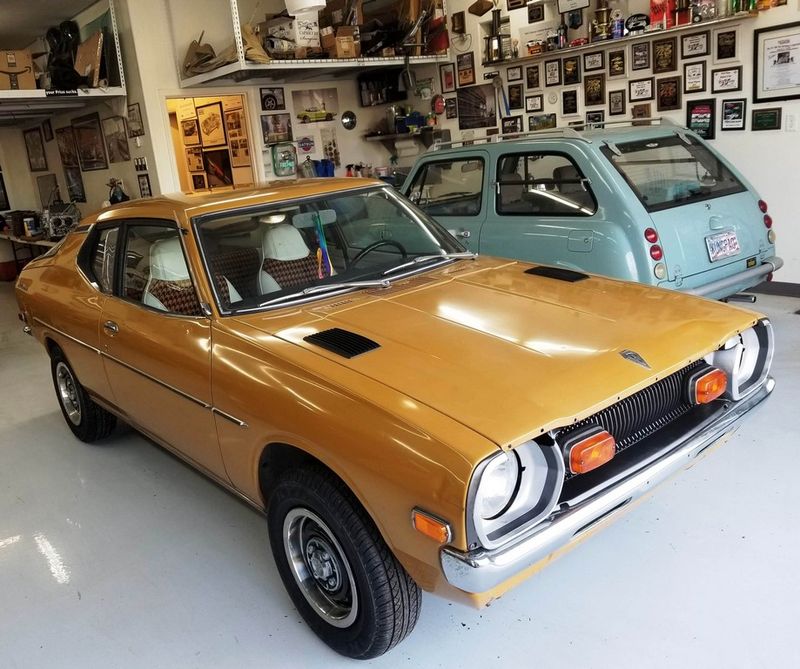
Holy automotive eyesore, Batman! When the F10 rolled onto American shores in 1976, it shocked onlookers with styling that could only be described as “challenging.”
Imagine a vehicle designed by someone who’d only ever had cars described to them verbally.
The wedge-shaped front end, bulging frog-eye headlights, and awkward proportions make it a standout for all the wrong reasons.
Mechanically sound (it’s a Datsun after all), the F10 nonetheless suffered from an incurable case of visual indigestion.
While early Japanese cars have surged in collector interest, the F10 remains in value purgatory.
31. Sterling 827

Conceived as an automotive United Nations project, the Sterling combined a Honda Acura Legend chassis with British craftsmanship and luxury appointments.
What could possibly go wrong? Everything, as it turns out.
The Sterling achieved the seemingly impossible – it married Japanese reliability with British electrical systems, creating a car that combined the worst aspects of both.
Plush leather seats and burled walnut dashboards looked spectacular until they started warping in humid weather.
